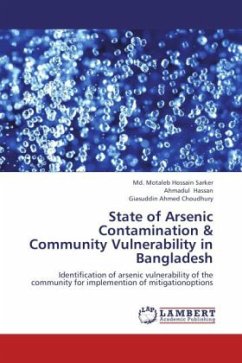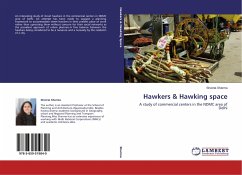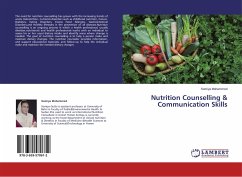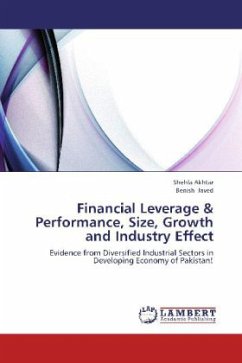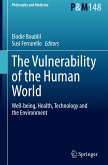At present, arsenic contamination is considered to be a dangerous environmental threat and a serious health risk. Arsenic contamination of drinking water is a significant healthy problem in rural areas of Bangladesh. In Bangladesh more than 90% of rural households depend on water supply from the groundwater source for drinking and other domestic usage (BGS, 2001). Due to arsenic contamination in groundwater and the extent and severity of this problem has placed a large part of the country in a most vulnerable situation. screening of 4.7 million tube - wells in arsenic affected upazilas showed that 29% of these have arsenic in excess of the Bangladesh standard (WHO, 1996). It is estimated that 20-25 million peoples are at risk from arsenic in these upazilas. More than 10 thousand patients, suffering from chronic arsenic poisoning, so far have been identified.

